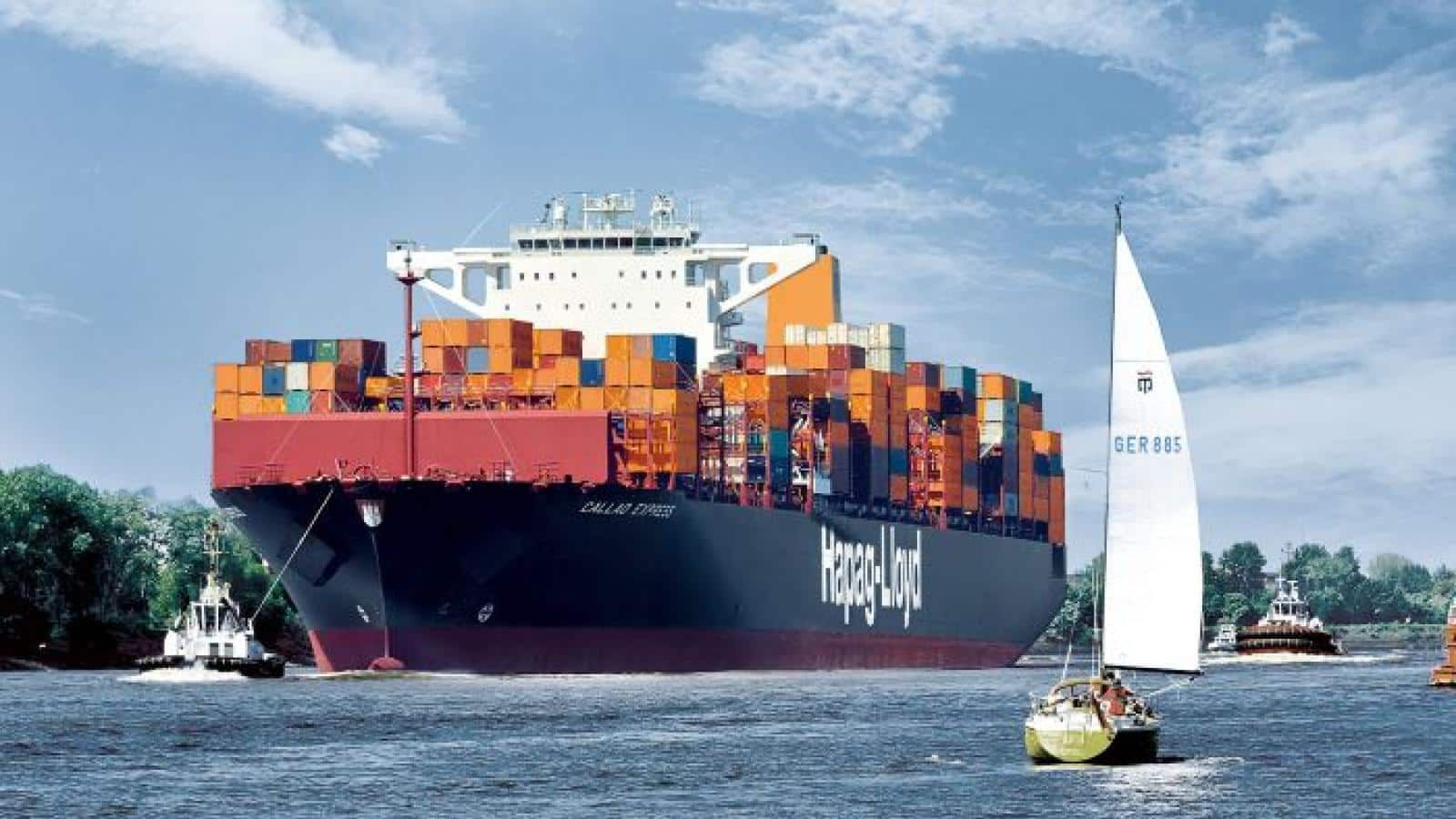Shipping faces stiff competition for green fuel supply
The container shipping industry needs to make major advances in alternative ship power to meet new decarbonization rules, but is also competing to secure shore-side production of green fuels such as hydrogen, ammonia, and methanol with other energy-hungry industries.
The current global supply of hydrogen, ammonia, and methanol would barely cover the needs of the shipping industry, even without stiff competition from other critical sectors such as manufacturing, oil refining, and the production of fertilizers.
"There seems to be this perception in the industry that if we have the demand, supply will be earmarked for us," Kenneth Tveter, global head of green transition at Clarksons, told JOC.com on the sidelines of a recent meeting of the International Maritime Organization (IMO) in London.
"But we are competing against every other industry that is also under pressure to decarbonize, and there are some big industries that are well advanced relative to us when it comes to consuming hydrogen-based fuels or derivatives of hydrogen," he added.
The shipping industry uses more than 300 million tons of fossil fuels every year, about 5 percent of global oil production, and there is still no clear pathway toward replacing that volume with renewable fuels.
Shipping transports 90 percent of world trade and accounts for nearly 3 percent of the global carbon emissions, but with maritime trade predicted to triple by 2050, that number is expected to increase in parallel with pressure from regulators for the industry to cut emissions and intensify the search for alternative fuels.
Container shipping is currently preparing for the IMO's two environmental regulations — the Energy Efficiency Existing Ship Index (EEXI) and the Carbon Intensity Indicator (CII) — which will be implemented from Jan. 1, 2023. EEXI is based on the efficiency of the design of in-service vessels, while CII is an operational measure looking at how efficiently a ship transports cargo.
The International Energy Agency (IEA) predicted in a report released Friday that ammonia would be the dominant alternative fuel for shipping by 2050.
In a summary of findings in the agency's report at the IMO meeting in London, Elizabeth Connelly, energy technology and transport analyst at the IEA, said ammonia was "a good candidate" for decarbonizing long-range transoceanic journeys because of its high energy density relative to hydrogen.
"We have ammonia meeting at least 50 percent of international shipping demand by 2050, and hydrogen about 15 percent, while we see hydrogen better suited for shorter range coastal vessels," Connelly said.
The shipping industry uses more than 300 million tons of fossil fuels every year, about 5 percent of global oil production.

Photo credit: Hapag-Lloyd
Technology lagging ambition
The technology required to decarbonize shipping remains elusive, however.
"Part of the difficulty in decarbonizing shipping is the low technology readiness level of key technologies for ocean-going vessels," Connelly said. "In our net-zero by 2050 scenario, over 50 percent of the emissions reduction for shipping are in the prototype or demonstration phase, and less than 10 percent come from mature technologies.
"In particular, ammonia engines for ships are still in the prototype stage and there are technological challenges, such as the low flame speed that make it difficult to burn efficiently."
Jonah Sweeney, European marine fuels analyst at oil price reporting agency Argus, told the IMO meeting that alternative fuels such as ammonia and methanol produced less energy than very low sulfur fuel oil (VLSFO). One ton of VLSFO produces 2.2 times more heat content than one ton of ammonia, and 2.1 times more than methanol.
"It is important when looking at alternative fuel options to compare like for like in terms of energy output, otherwise if you take the outright price of methanol, for example, you will have a substantial discount to VLSFO, but you will need about twice as much," Sweeney said.
Tveter agreed that technology was lagging ambition in the alternative fuels production arena. He said moving shipping off fossil-based fuels and on to electricity-based fuels was the right pathway but had significant challenges.
"The technology is not mature enough at its current state and we need to allow it to mature further before we will be able to adopt electricity-based fuels [e-fuels] at a larger scale for shipping," he told the IMO meeting. "E-fuels are currently an unsustainable solution to decarbonizing shipping."
E-fuels such as e-methane, e-kerosene, and e-methanol are in gas or liquid form produced from renewable (i.e. solar or wind power, for example) or decarbonized electricity, as opposed to biofuels that are primarily produced from biomass.
But there was another serious problem around the production of alternative fuels for all industry sectors, including shipping, said Tveter.
"The first thing we need to do is acknowledge there is a climate problem with those supplies that we already have, so we need to decarbonize the production of these alternative fuels," he said.
"If we take hydrogen to be the feedstock of the various derivatives, 94 million tons currently being produced globally has an emission profile equal to that of shipping, about 900 million tons of CO2 [carbon dioxide] per year," Tveter added. "So, we need to decarbonize this before we can start talking about increasing supply."
Cost weighing down the scale
Another challenge to add to the scale is the enormous cost associated with transitioning from fossil fuels to renewable sources of energy. Clean energy investment of at least $4 trillion by 2030 will be required to put the world on track for net-zero emissions by 2050, three times what is being invested today, according to the IEA report.
The report highlighted the need to attract new investors to the energy sector, a call that has been made by the shipping sector. But the report emphasized that although governments should take the lead in providing strong strategic direction, the investments required were far beyond the reaches of public finance.
"It is vital to harness the vast resources of markets and incentivize private actors to play their part," the report noted. "Today, for every $1 spent globally on fossil fuels, $1.5 is spent on clean energy technologies. By 2030, in our net zero scenario, every $1 spent on fossil fuels is outmatched by $5 on clean energy supply and another $4 on efficiency and end-uses."
Without stronger action on alternative fuels and changes in behavior, oil demand in aviation and shipping would continue to increase, driven by economic growth, the IEA warned.
While low-emissions fuels such as hydrogen or ammonia offered an alternative to oil, they currently had high costs of production with limited enabling infrastructure; the development and deployment of new projects over the next decade would be essential to lowering costs and improving performance.
However, the IEA report noted that the energy crisis today had multiple dimensions — oil, natural gas, coal, electricity, food security, and climate — and the solutions required to encompass all those sectors.
"Ultimately what is required is not just to diversify away from a single energy commodity, but to change the nature of the energy system itself, and to do so while maintaining the affordable, secure provision of energy services," the IEA report stated.
Subscribe now or sign up for a free trial to the Journal of Commerce and gain access to breaking industry news, in-depth analysis, and actionable data for container shipping and international supply chain professionals.
Sign-up to Maritime Trade & Supply Chain monthly newsletter
This article was published by S&P Global Market Intelligence and not by S&P Global Ratings, which is a separately managed division of S&P Global.
